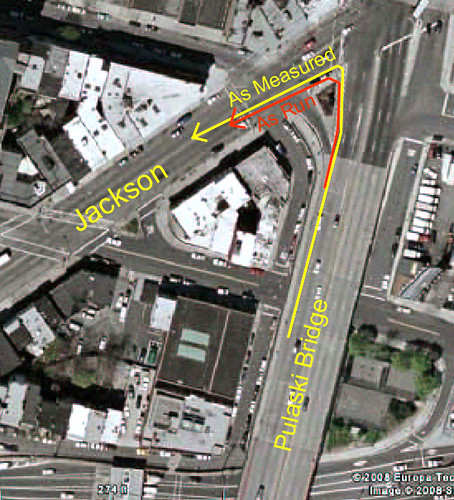Message Received
Pete,
Are there any rules about runners going up on the sidewalks on a course to cut it short? We had the Mercedes Marathon here this week-end and one runner is complaining that his competition cut the course short.
Rick Melanson
Reply
Dear Rick -
The course is not certified on the sidewalk. Any runner who takes a shortcut is liable to disqualification. Sometimes this is done, sometimes it isn't. Unless viewed by a race official, or a protest is made by another competitor, nothing happens.
If a protest is made, it's up to the race organization to handle it, usually with a Jury of Appeals which rules on the protest. If the organization hasn't set up a Jury of Appeals ahead of time, it can get messy.
I'll put this on the Bulletin Board. Perhaps someone else can shed light.
Original Post

